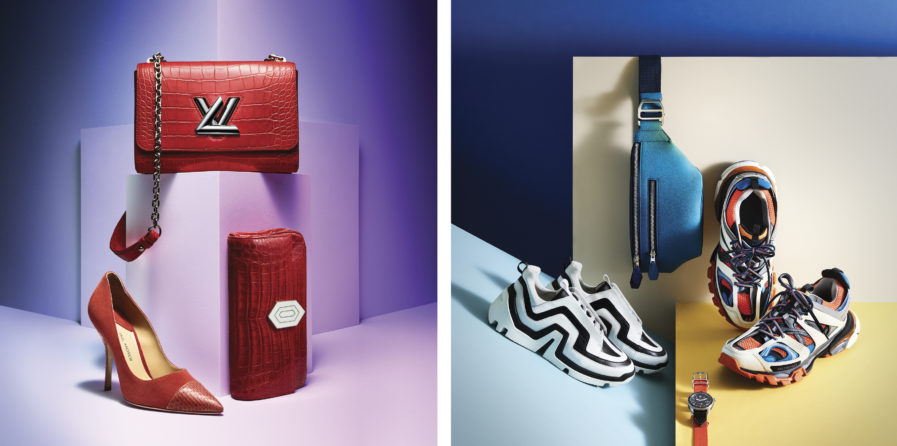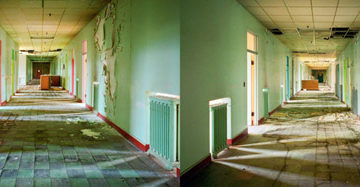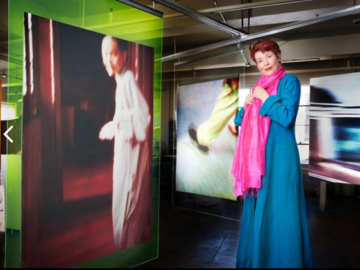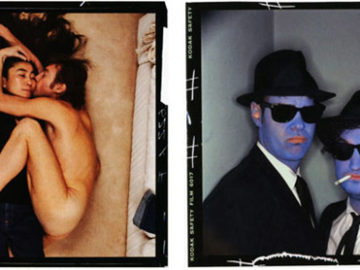“…at the end of the day, who the image is for and what products are in it are somewhat inconsequential. As a consumer of visual media, I get excited when I see a stunning image or video that evokes a genuine reaction. And that moment can come whether the brand is Hermes or the dollar store.”
Nicholas Duers is a commercial still-life photographer/director in New York City. His award-winning work can be seen in commissions from such notable brands as Harry Winston, Tom Ford, Ralph Lauren, Netflix, Stuart Weitzman, David Yurman, John Hardy, and Adidas/Y3, among others. Nicholas has been shooting predominantly in NYC since 2007, servicing agencies, brands, and magazines in the fashion, beauty, entertainment, and luxury goods sectors. He studied fine art photography at the Photographic Center Northwest in Seattle before further developing his aesthetic at the Rochester Institute of Technology. Today, he operates out of his studio in midtown Manhattan and is represented in the US by Farimah Milani. In addition to Graphis, his work has been recognized by Px3 Paris, the Int’l Photo Awards, Moscow Int’l Foto Awards, Tokyo Int’l Foto Awards, Advertising Photographers of America, Surface Magazine’s Avant Guardian, and Photo District News, among others.






